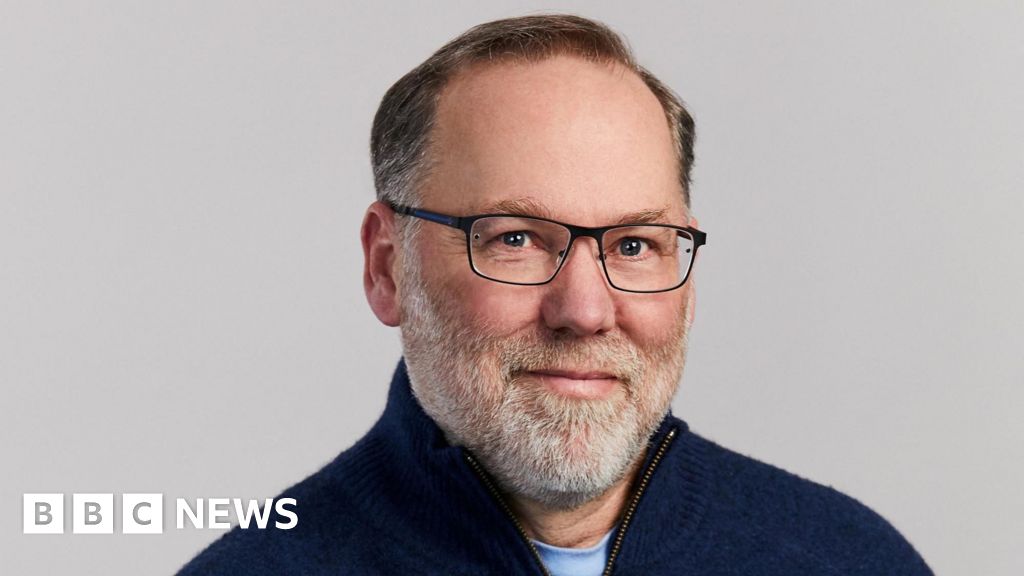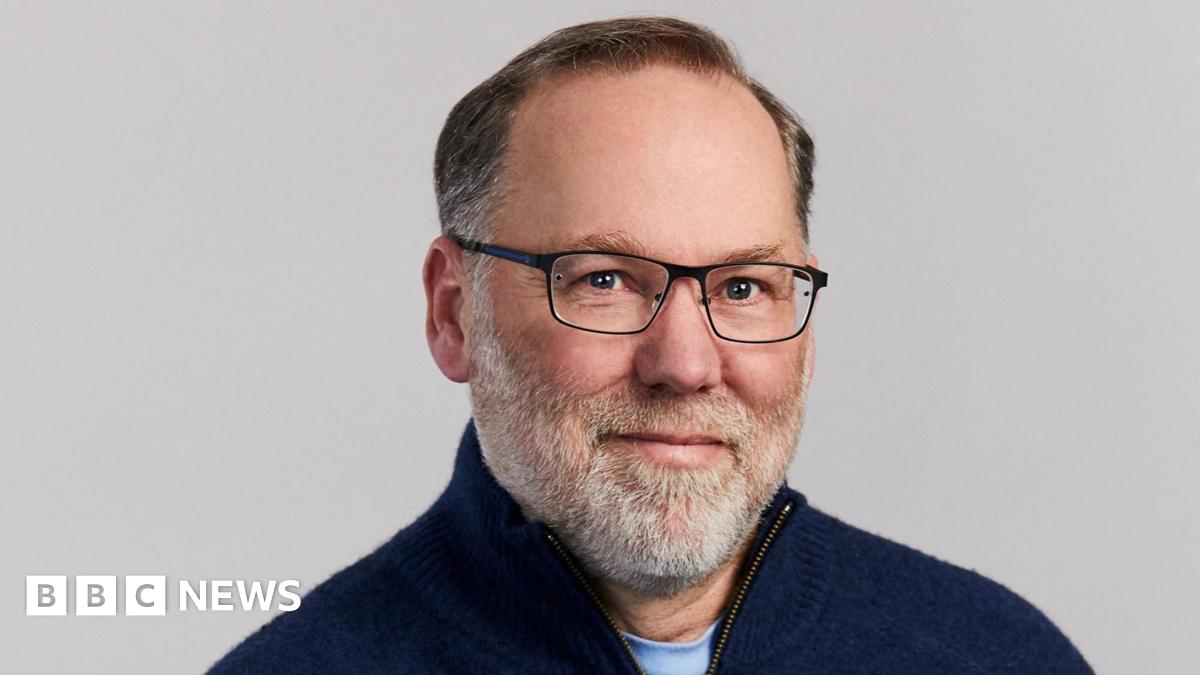ANI |
Updated: Oct 08, 2025 11:11 IST
Islamabad…

US scientist Dr Fred Ramsdell was on the last day of a three-week hike with his wife Laura O’Neill and their two dogs, deep in Montana’s grizzly bear country, when Ms O’Neill suddenly started screaming.
But it was not a predator that had disturbed…

Pakistan’s reported proposal to grant the United States a development and management role at Pasni port, as reported by the Financial Times, marks one of the most consequential geopolitical developments in recent years.
Situated along…

Sitting atop her lion, the Hindu goddess Durga wields a celestial weapon in each of her 10 hands. But her target isn’t the usual demon of deceit, Mahishasura.
She’s taking aim at a…

Dr Ramsdell, along with two other scientists, won the prize for their research into how the immune system attacks hostile infections.
The winners share a prize fund worth 11m Swedish kronor (£870,000).
After Ms O’Neill received the messages, the…